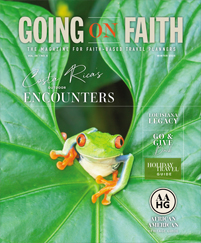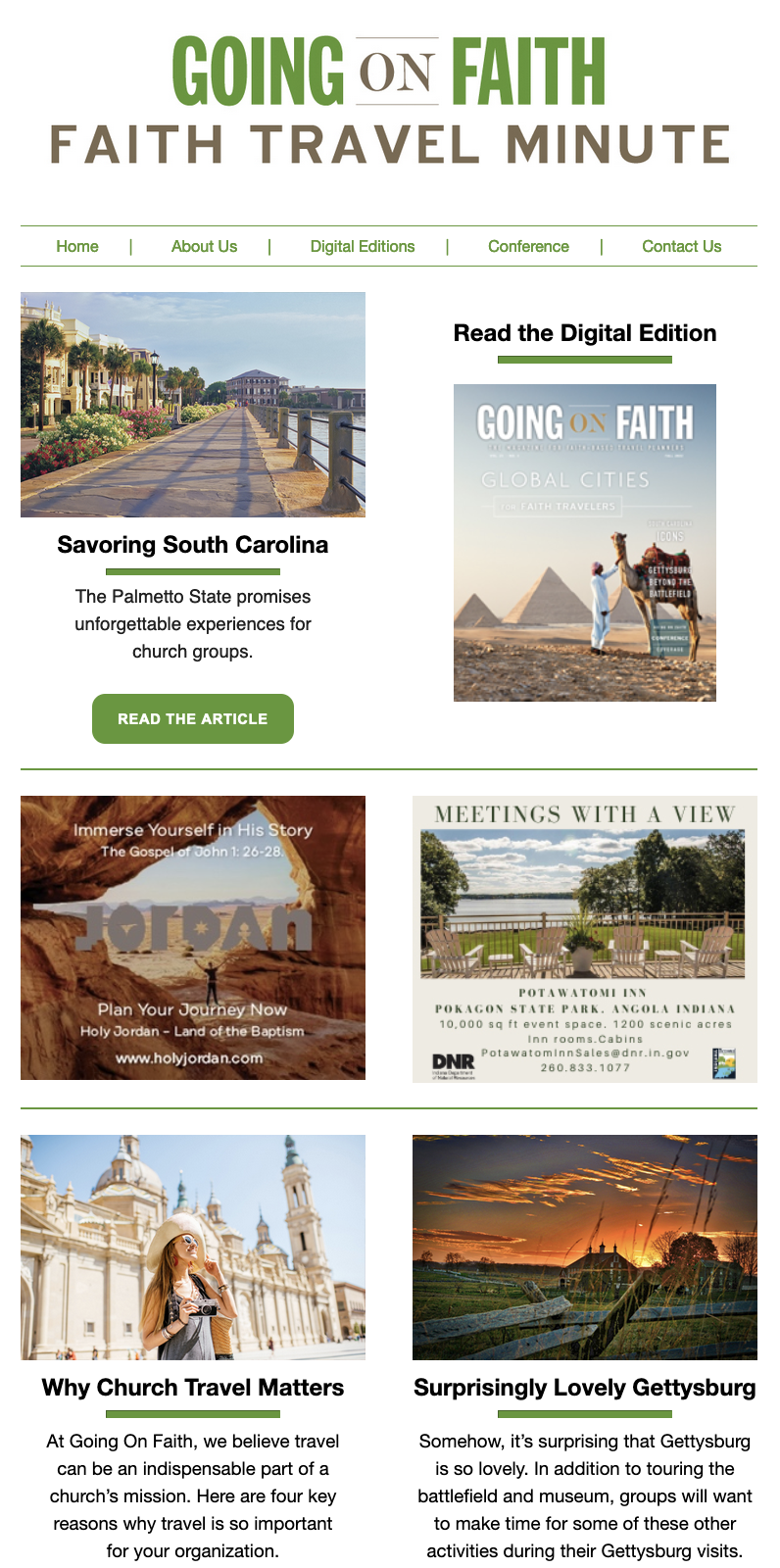A plum location in the heart of New England has served Massachusetts’ Merrimack Valley well. The area has been at the center of major events in American history, art, literature and commerce for hundreds of years, and that heritage pays off in numerous ways for visitors.
Located about a half-hour’s drive northwest of Boston, Merrimack Valley comprises some 21 cities and towns. The most famous site in the area may be Lexington and Concord, where the Revolutionary War began, and National Park Service sites there give visitors the chance to walk on the historic Lexington Green, where fighting first broke out in 1775.
In Lowell, the valley’s largest city, visitors can learn about an impressive industrial history.
“At one point, Lowell was the largest economic center in the United States because of the textile trade,” said Deborah Belanger, executive director of the Greater Merrimack Valley Convention and Visitors Bureau. “Lowell National Historical Park is one of the country’s first urban national park sites. You learn about the Industrial Revolution. Most of the textile mills that were powered by the Merrimack River are still in existence, but they have been converted into museums, artists lofts and art galleries.”
Many groups that visit the National Historical Park will take trolley rides through the area to learn about the city’s industrial history and see some of its historic architecture. During the spring and early fall, they also have the option of seeing the park by boat.
“When the mills were being powered off the Merrimack River, they built 5.6 miles of canals to get some of the power downtown,” Belanger said. “So the park does canal boat rides from Memorial Day through Columbus Day. Groups of up to 25 can go on these boats, and you actually go through locks in some of the canals.”
Travelers can learn more about Lowell’s history at various museums in the area, such as the Boot Cotton Mills Museum and the New England Quilt Museum. Famous American authors such as Louisa May Alcott and Henry David Thoreau have connections to the Merrimack Valley, and groups can visit Alcott’s home or see Walden Pond, which inspired Thoreau’s most famous work.
In addition to these attractions, the Merrimack Valley offers numerous other attractions and experiences that groups will want to include during a tour.
American Textile Heritage Museum
There’s no better place to learn about Lowell’s textile history and the role it played throughout the rest of the country than the city’s American Textile Heritage Museum. The museum holds the world’s largest collection of tools, spinning wheels and other machinery used in the production of fabrics, as well as more than 5 million pieces of textile prints and other items. The core exhibition showcases the variety of fabrics that have been used in industry, decor and fashion throughout the centuries.
Groups can choose from a number of guided tours at the museum, which can focus on topics such as fashion, art and design in America, or industrialization and inventing in America. The museum has a variety of special events and programming available as well.
Liberty Ride
Taking a quick picture on Lexington Green might satisfy the most casual travelers through Merrimack Valley, but groups with more than a passing interest in American history should immerse themselves in the Revolutionary War stories of the area by taking a tour with Liberty Ride. These 90-minute trolley tours feature stops at historic sites in Lexington and Concord, along with informative narration from costumed guides.
Liberty Ride passengers see important sites such as Minute Man National Historic Museum, as well as several prominent homes and taverns that were used to house troops and plan the events of the Battles of Lexington and Concord. The tour also includes stops at the homes of literary figures Alcott, Nathaniel Hawthorne and Ralph Waldo Emerson.
Concord Museum
Though Concord is best known for its role at the beginning of the Revolutionary War, there’s more to this Massachusetts town than “the shot heard round the world.” At the Concord Museum, groups learn about the history of Concord and some of the notable figures who have lived there.
A visit to the museum starts with the “Exploring Concord” film, which highlights the town’s historic landscape. Exhibits and collections include the only known surviving lantern hung in the church steeple on the night of Paul Revere’s famous ride, the desk at which Thoreau wrote “Walden” and furnishings from the study of Emerson. The museum also has a number of educational programs and public events that are open to groups.
Colonial Inn
Visiting historical parks and museums is a good way to get an overview of a place, but there’s no better way to immerse yourself in history than to experience it firsthand. In Merrimack Valley, that means a visit to Concord’s Colonial Inn, a property first established in 1716 that served in various capacities during the Colonial and Revolutionary periods. The building was used as a munitions storehouse in the months leading up to the Battles of Lexington and Concord and later as a field hospital during the Revolutionary War.
Today the inn offers 56 distinct, historically decorated rooms and suites, some of which are said to be haunted. There are also two restaurants — a historic tavern and a formal dining room — where groups can experience the inn’s ambiance.










